NeoGrid® AI
Virtual power plant: What does it actually mean? Terms explained!
By
David Wölfle
8.8.2025

10
Min.

Virtual Power Plant: What Does It Actually Mean?
"Virtual" might sound like a computer game at first, but a virtual power plant deals with real electricity—just not from a single power plant. Instead, it connects many small sources: solar systems, batteries, heat pumps, and electric vehicles can all be part of it.
The key: Software like NeoGrid AI links these sources digitally, planning and controlling them as one unit. This creates a large, flexible energy player.
Confused by the technical terms around virtual power plants and NeoGrid? Here's your cheat sheet:
Virtual Power Plant (VPP)
Think of many small electricity sources and consumers working together as one large power plant. That's a virtual power plant. It networks systems digitally, plans when to use them, and responds instantly to power grid needs.
Day-Ahead Price or Spot Price
This is the price at which electricity is bought and sold for each hour of the next day. Traders use forecasts based on data models that factor in weather and other variables.
Intraday Price
Here, electricity is traded even more immediately—on the same day, sometimes just minutes ahead. This is where forecasts meet reality. With more renewable energy in the mix, weather plays a crucial role.
Since weather can't be predicted perfectly, cloudy days or calm winds change the available electricity. These changes show up in the intraday price. A VPP can spot these price shifts and use them to your advantage.
Grid-Serving
The power grid runs smoothly at exactly 50 Hertz. Too much electricity raises this frequency; too little lowers it. Large deviations can cause blackouts.
By controlling when electricity is used or supplied, a virtual power plant helps keep the grid stable. This makes a VPP "grid-serving."
EPEX
The European Power Exchange—where electricity is traded across Europe. VPPs buy and sell electricity here, either day-ahead or intraday.
Dynamic Tariff
Traditional electricity tariffs lock you into a fixed price for 12-24 months. Even if market prices drop, you're stuck paying the higher rate. With a dynamic tariff, you benefit from price fluctuations in the day-ahead market. Using electricity when it's cheapest can save you up to 35% on your bill.
Smart Charging
With a dynamic tariff, you can optimize charging based on the lowest day-ahead prices. NeoGrid takes this further by also optimizing for grid compatibility using intraday prices. This way, you save money and earn rewards too.
(Dynamic) Grid Fees
Grid fees cover the cost of electricity flowing through the grid. Currently, these are fixed per kilowatt hour—but that's changing. Soon, grid fees will become dynamic, rewarding you for using electricity when the grid needs you to. Grid-serving charging with NeoGrid AI helps you save even more.
Flexibility or Load Shifting
Flexibility means shifting when you use or supply electricity. For example, charging your car at night instead of during evening peak hours. This flexibility is what makes virtual power plants so valuable—it eases grid pressure and saves money.
Controllable Devices
Heat pumps, wallboxes (or EVs), battery storage—anything that can be switched on and off or adjusted over time. These devices are the building blocks of a virtual power plant. Right now, they're just sitting in your garage or basement. With NeoGrid, they become smart assets that earn money for you.
Sector Coupling
Electricity, heat, and mobility are no longer separate domains: heat pumps run on electricity, electric cars store energy. Everything connects—and the VPP smartly links these sectors together.
Aggregation
A single household barely affects the power grid. Thousands together make a difference. A VPP bundles many small systems—turning them into a major player in the energy market.




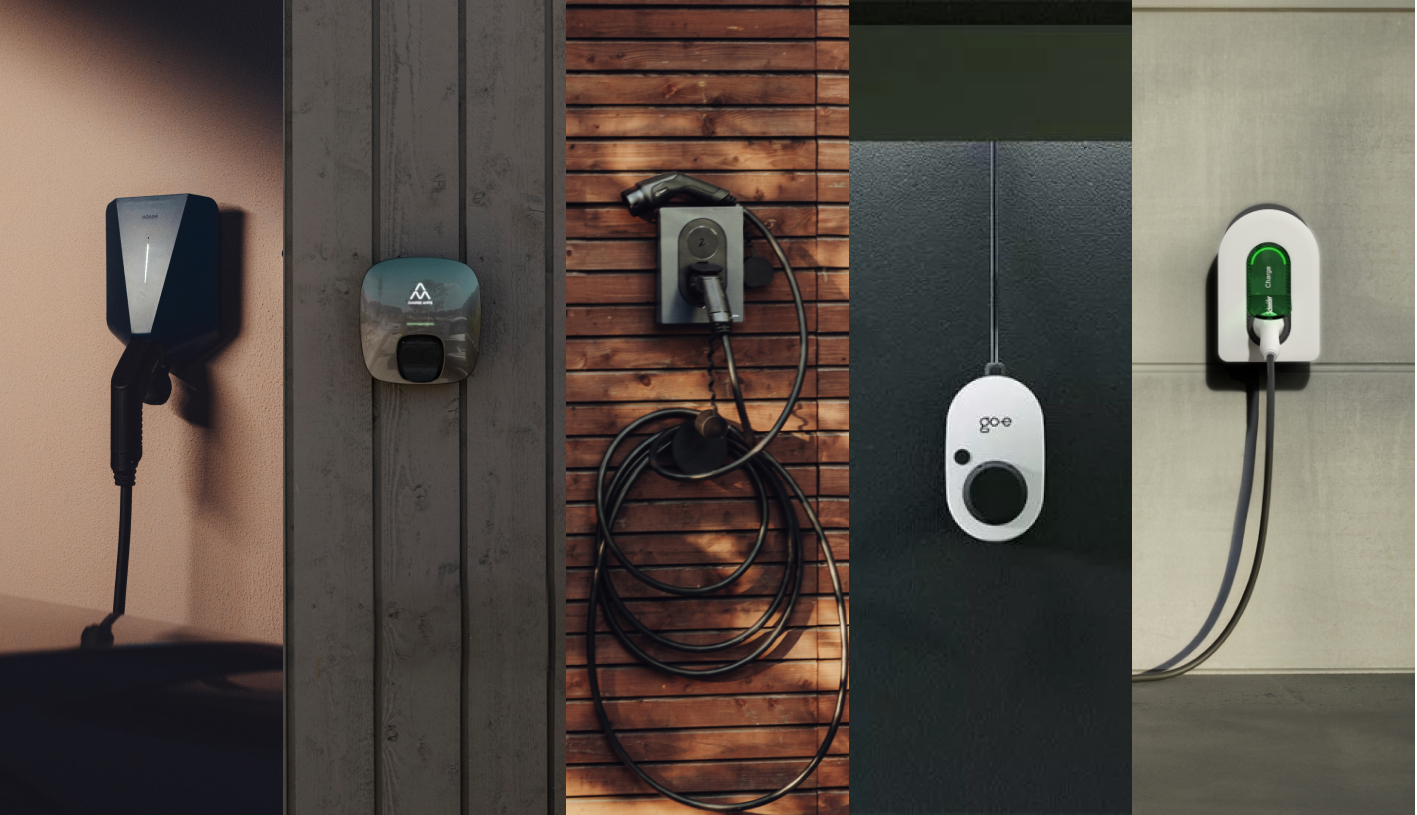

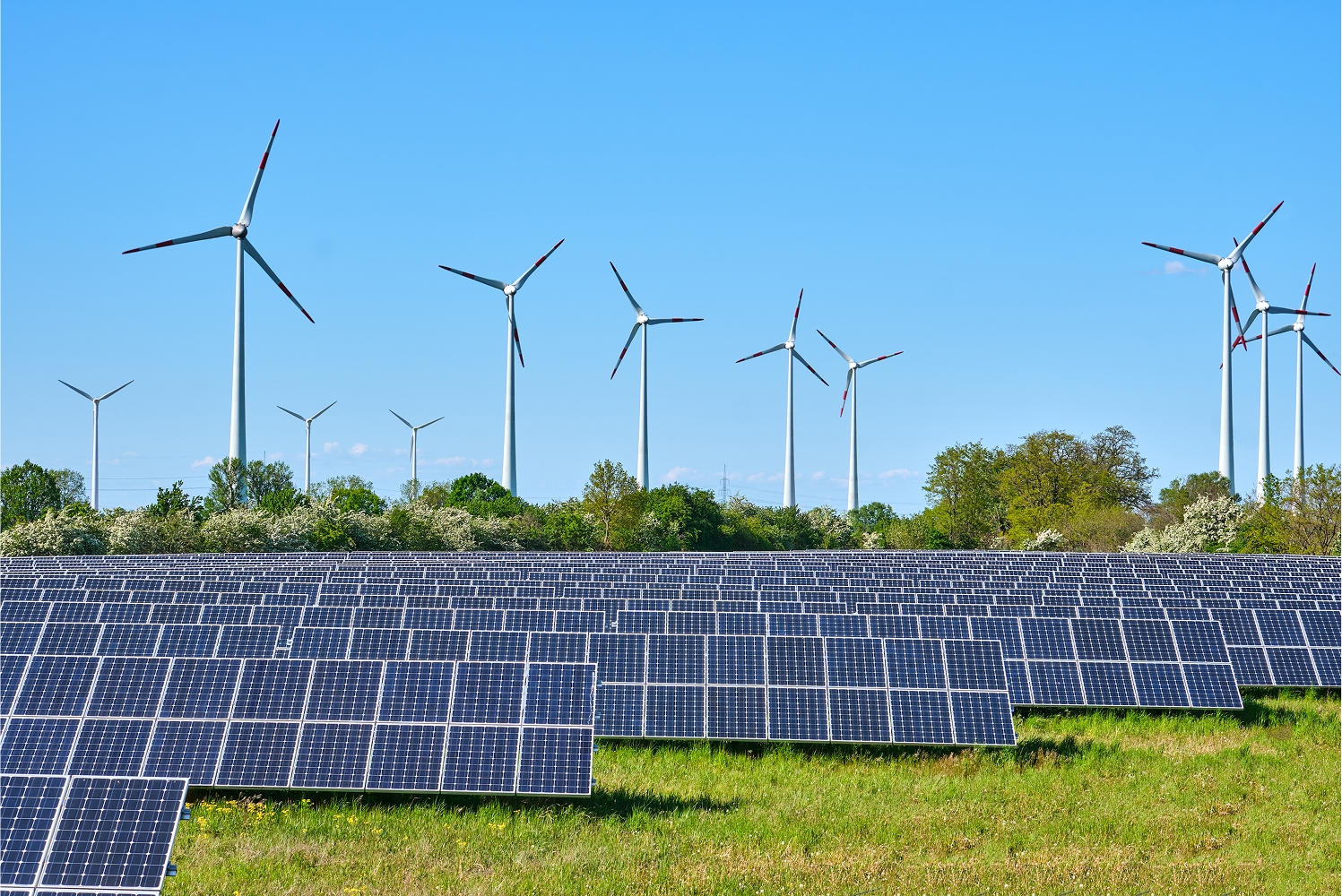
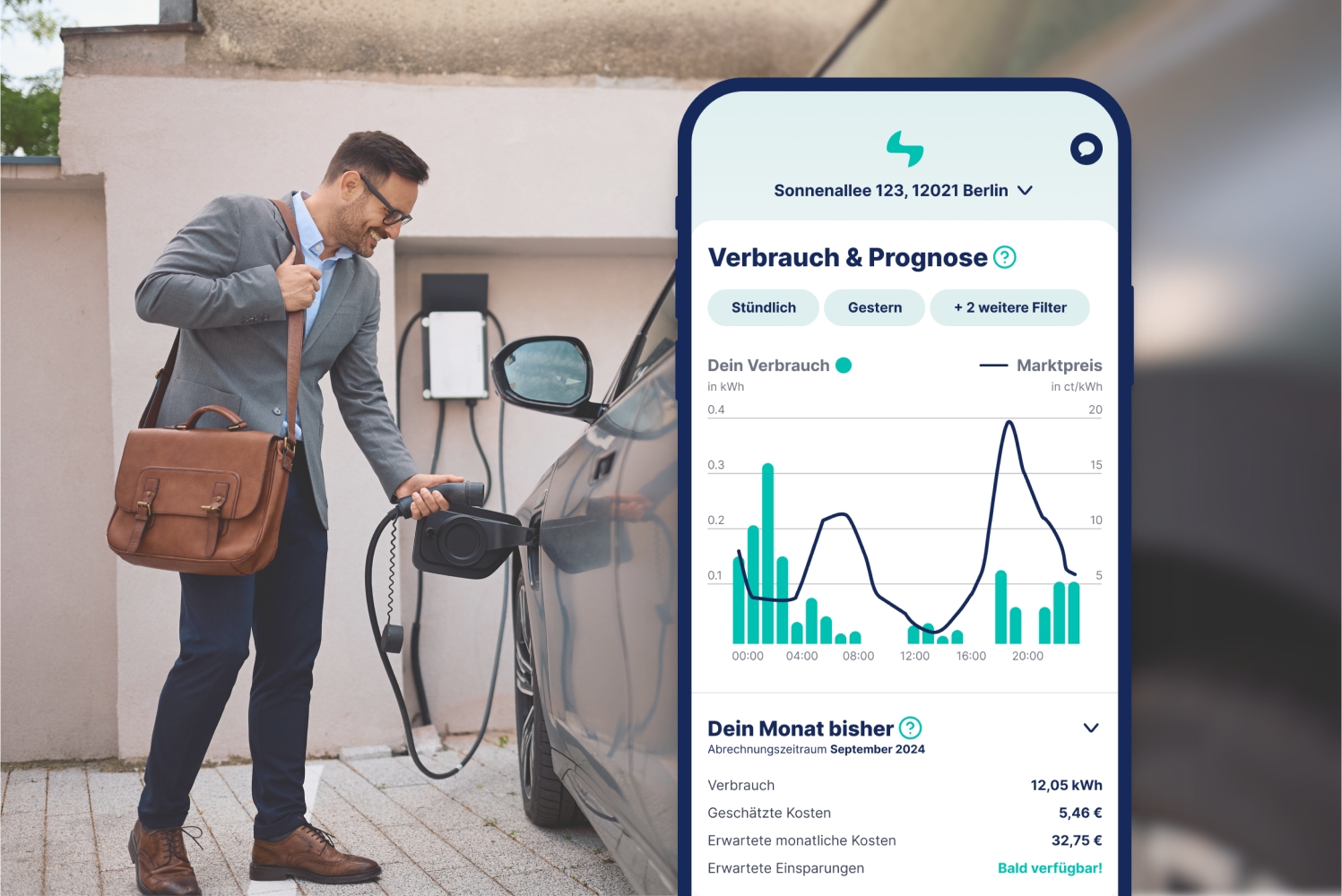

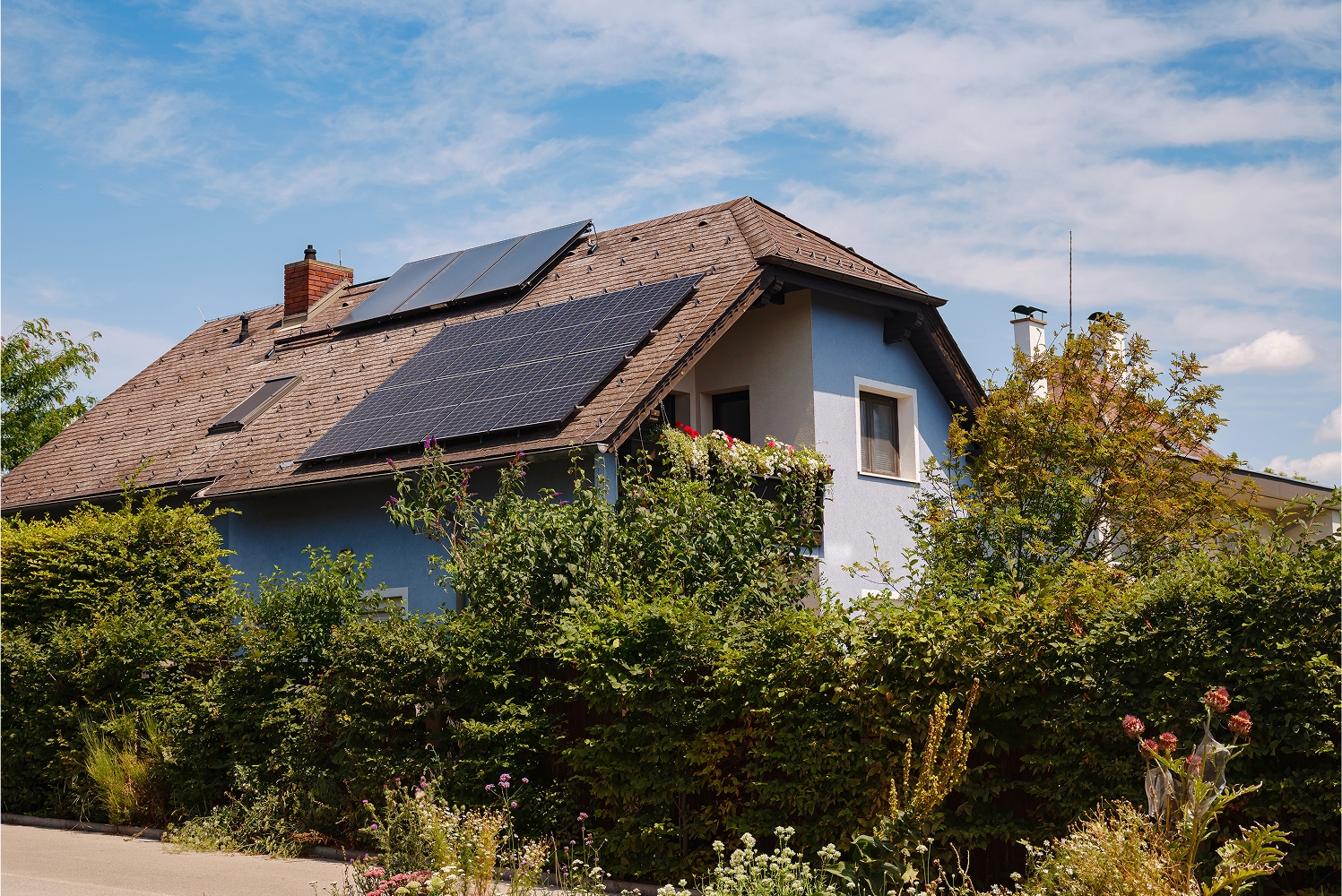

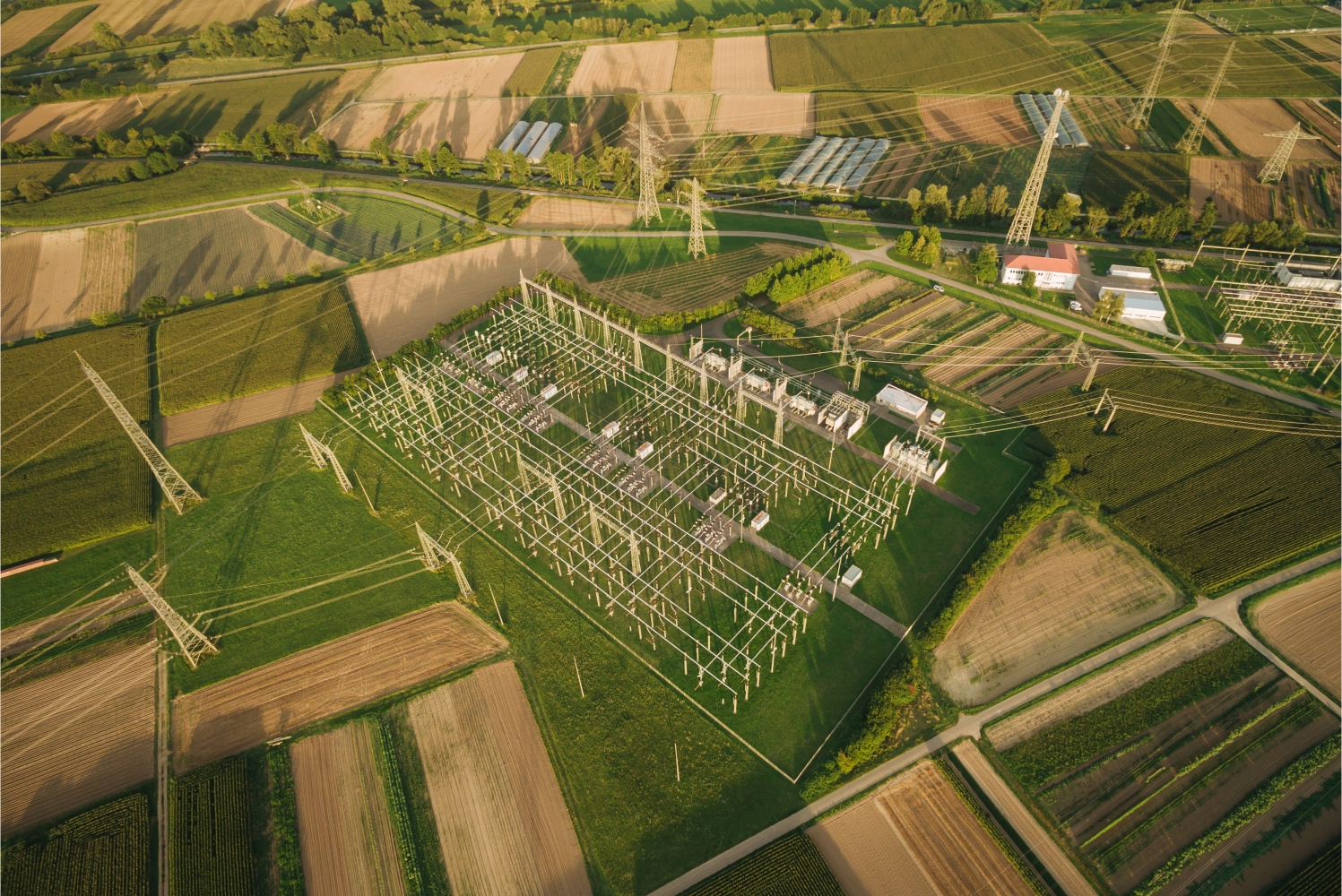


.avif)